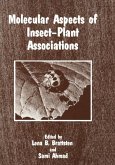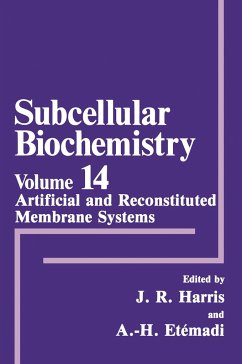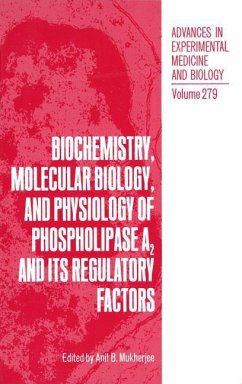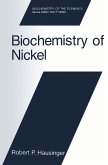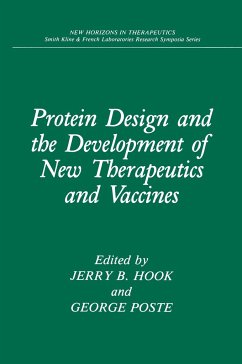This volume represents the proceedings of a NATO Advanced Study Institute on "Molecular Aspects of Monooxygenases and Bioactivation of Toxic Compounds" which was held in ~e
me (Izmir) Turkey, August 27 to September 7, 1989. The Institute emphasized the potential dangers of drugs, pollutants, pesticides, carcinogens, and both nutrient and non-nutrient food additives and their interactions at the molecular level. These xenobiotics are metabolized in phase I reactions by monooxygenases, primarly cytochrome P450-isozyme dependent, followed by phase II conjugation enzymes. The versatility of these enzymes is unique in biochemistry since they catalyze the metabolism of an almost limitless number of compounds through a diverse array of reactions. Although these metabolic sequences are usually detoxication mechanisms, in some cases the reactive intermediates are more mutagenic, more carcinogenic and ultimately more toxic than the parent compound. The Institute was devoted to recent scientific progress in the understanding of the biochemical and molecular properties of these enzymes and factors that influence the metabolism of chemicals to toxic and non-toxic compounds. Overview lectures focused on xenobiotic metabolism by cytochrome P450, the flavin-containing monooxygenase, cytochrome b5, epoxide hydrolase, glutathione S-transferase and UDP-glucuronosyl transferase. Several additional presentations stressed various aspects of cytochrome P450 mediated metabolism including: specific forms in the rabbit and insects; topology in membranes; posttranslational modification; control of constitutive forms in the rat; hormonal and xenobiotic regulation; prostanoid metabolism; endogenous substrate metabolism; interaction with estrogenic pesticides; pesticide bioactivation. The Institute also included talks on interactions between enzymes and on benzene metabolism and toxicity.
me (Izmir) Turkey, August 27 to September 7, 1989. The Institute emphasized the potential dangers of drugs, pollutants, pesticides, carcinogens, and both nutrient and non-nutrient food additives and their interactions at the molecular level. These xenobiotics are metabolized in phase I reactions by monooxygenases, primarly cytochrome P450-isozyme dependent, followed by phase II conjugation enzymes. The versatility of these enzymes is unique in biochemistry since they catalyze the metabolism of an almost limitless number of compounds through a diverse array of reactions. Although these metabolic sequences are usually detoxication mechanisms, in some cases the reactive intermediates are more mutagenic, more carcinogenic and ultimately more toxic than the parent compound. The Institute was devoted to recent scientific progress in the understanding of the biochemical and molecular properties of these enzymes and factors that influence the metabolism of chemicals to toxic and non-toxic compounds. Overview lectures focused on xenobiotic metabolism by cytochrome P450, the flavin-containing monooxygenase, cytochrome b5, epoxide hydrolase, glutathione S-transferase and UDP-glucuronosyl transferase. Several additional presentations stressed various aspects of cytochrome P450 mediated metabolism including: specific forms in the rabbit and insects; topology in membranes; posttranslational modification; control of constitutive forms in the rat; hormonal and xenobiotic regulation; prostanoid metabolism; endogenous substrate metabolism; interaction with estrogenic pesticides; pesticide bioactivation. The Institute also included talks on interactions between enzymes and on benzene metabolism and toxicity.


